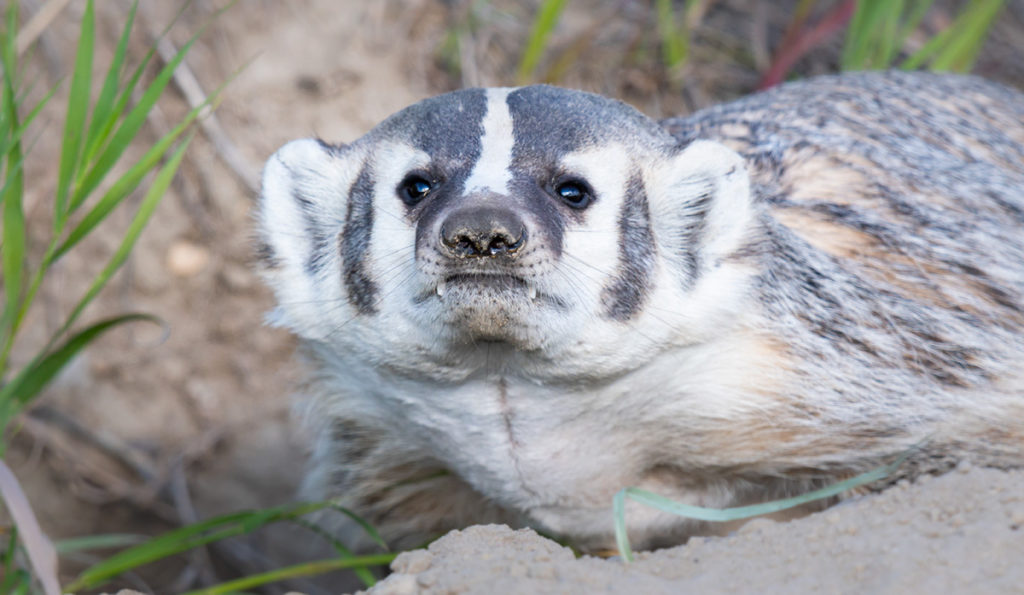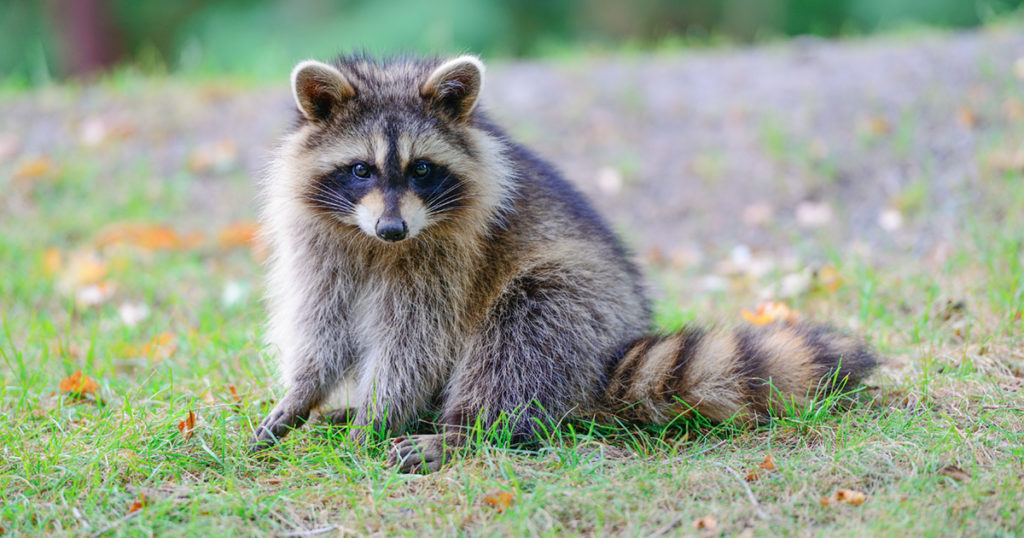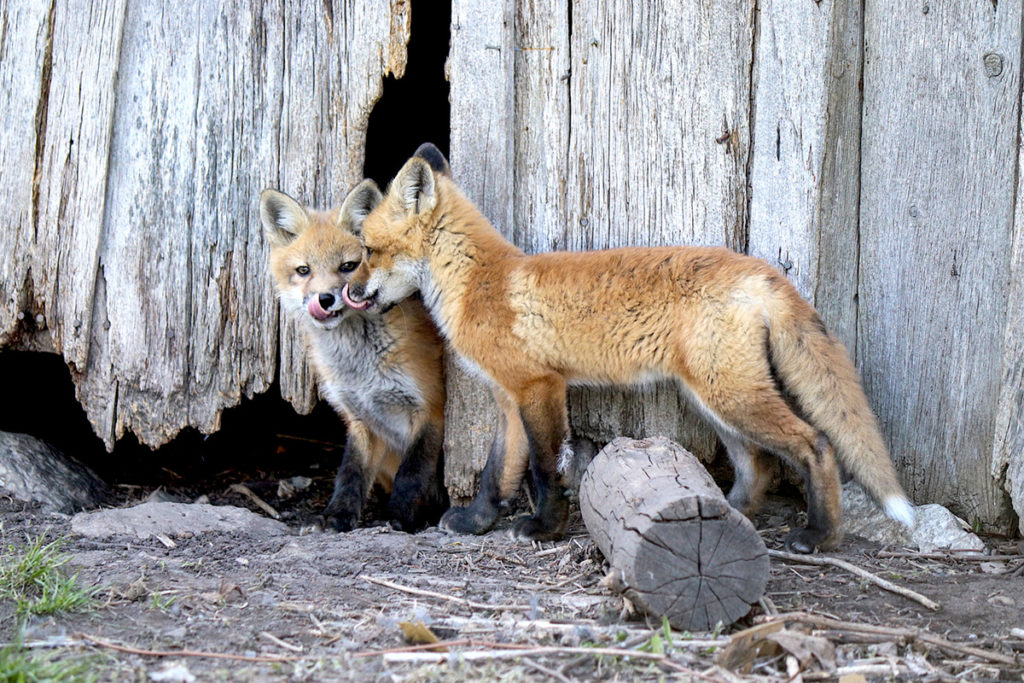Canadian Trapping Regulations and the AIHTS

Trapping regulations exist within Canada and trapping standards have been defined at the international level. In Canada, each province has its own regulations around trapping. Internationally, Canada has signed The Agreement on International Humane Trapping Standards (AIHTS) in 1997 along with the European Union and Russia. While this might look good on paper, the reality is is that these regulations and standards are abysmal in providing any effective protection or measures that prevent harm and suffering to animals caught in traps.
Provincial Regulations
In general, provincial regulations in Canada outline various requirements such as season dates, what animals can be trapped, what traps can be used and their specifications, trap checking times, locations of traps, prohibitions, etc. These vary from province to province. However, even though regulations specify approved and prohibited activities when it comes to trapping, without law enforcement, there is effectively no law. These regulations are extremely difficult if not impossible to enforce, making trapping a virtually lawless activity existing outside the oversight of government officials.
For instance, according to 2013 documents provided toThe Fur-Bearers by the province of British Columbia, there were only 87 field officers in the BC Conservation Officer Service. British Columbia’s land area is 944,735 square kilometres (364,800 sq mi). That averages 1 Conservation Officer per 11,000 km2, a herculean task to be given one individual to ensure compliance with trapping regulations (in addition to the countless other duties a Conservation Officer is responsible for).

Even if regulations could be enforced, they are still extremely problematic as traps set legally and checked within the legal time frames results in severe suffering for animals. For example, Manitoba regulations specify that any live holding devices (i.e. leg hold traps) can be checked once every 72 hours.¹ Leaving an animal caught and immobilized in a leg hold trap for 3 days is incredibly cruel and amounts to a complete disregard for an animal’s condition, yet this is legal under provincial law. In addition to this, in many provinces it is not legally required to check killing traps within a specified time period at all, despite the fact that killing traps often fail, leaving animals suffering for days in these painful devices before a trapper goes back to check the trap.
The AIHTS
In 1995, the European Union (EU) passed a progressive ban on the use of leg-hold traps in all its member countries, as well as a ban on fur from any country still using leg-hold traps (including Canada). In response, Canada threatened the EU with action under the General Agreement on Tariffs and Trade (GATT) and the World Trade Organization (WTO).²
Ultimately, the EU conceded and exempted Canada from their ban when Canada, the United States, and Russia instead proposed The Agreement on International Humane Trapping Standards (AIHTS). Canada signed this agreement in 1997 with the EU and Russia and it was ratified in 1999.³ This agreement was based on the commitment to develop and use only “humane” traps, and with the understanding that the agreement would lead to the eventual banning of the leg-hold trap. What it did instead was add an official ‘humane’ seal of approval on cruel, business-as-usual practices.

The standards only apply to 12 animals routinely killed for fur (beaver, muskrat, otter, weasel, marten, fisher, raccoon, badger, coyote, wolf, lynx, and bobcat). Noticeably missing from the agreement are mink, foxes, and wolverines. Although the steel jaw leg-hold trap is no longer permitted, superficially altered versions of the trap remain the standard. This is contrary to a core purpose of the agreement, which was to ban the leg-hold trap entirely. As it stands, the same traps that have been used for 40 years are still allowed, including snares, which are considered extremely inhumane.
In a 2020 review article, Proulx et al. examined the AIHTS and called for immediate updates to the standards within 1-2 years. The authors offered the following insights:
“(1) the list of mammal species included in the AIHTS is incomplete;
(2) the AIHTS have relatively low animal welfare performance thresholds of killing trap acceptance and do not reflect state‐of‐the‐art trapping technology;
(3) the AIHTS animal welfare indicators and injuries for restraining traps are insufficient;
(4) the AIHTS testing procedures are neither thorough nor transparent;
(5) the AIHTS protocols for the use of certified traps are inadequate;
(6) the AIHTS procedures for the handling and dispatching of animals are nonexistent;
(7) the AIHTS criteria to assess trap capture efficiency and species selectivity are inappropriate.”⁴
The authors even question the fundamental descriptive terms in the standards themselves: “Whereas the AIHTS refer to ‘humane’ standards, we believe this term to be inappropriate because, as wildlife professionals, we should be constantly striving for improvement. Although frequently used in the scientific literature, this term may imply that humaneness is binary and that, once a trap has been certified as ‘humane’, there is no need for further improvement. In this paper, unless the term has been cited in referred standards, we replace ‘humane standards’ with ‘standards’.”
Trapping is NOT Humane
The Merriam-Webster dictionary defines humane as marked by compassion, sympathy, or consideration for humans or animals.⁵ Although the fur industry and officials tell the public that trapping is humane, or that some specific traps are more humane than others, the inherently cruel nature of trapping precludes any claims to their being humane, in any sense of the word. Trapping is fundamentally inhumane, from the actual traps to the regulatory instruments that are designed – but fail – to protect animals from prolonged pain and severe suffering. There is no humane way to trap an animal that wants to live free in the wild.

References
¹Manitoba Agriculture and Resource Development. (2020) 2020 – 2021 Trapping Guide. Government of Manitoba. https://gov.mb.ca/fish-wildlife/pubs/fish_wildlife/trapping_guide.pdf
²Michaud, P., (1997) Caught in a Trap: The European Union Leghold Trap Debate. Minnesota Journal of International Law, 138. https://scholarship.law.umn.edu/mjil/138/
³Environment and Climate Change Canada. (2020, September 27). Agreement on international humane trapping standards. Government of Canada. Government of Canada. https://www.canada.ca/en/environment-climate-change/corporate/international-affairs/partnerships-organizations/humane-trapping-standards.html
⁴Proulx, G., Cattet, M., Serfass, T., & Baker, S. (2020). Updating the AIHTS Trapping Standards to Improve Animal Welfare and Capture Efficiency and Selectivity. Animals. 2020; 10(8):1262. https://doi.org/10.3390/ani10081262
⁵Merriam-Webster. (n.d.). Humane. In Merriam-Webster.com dictionary. Retrieved April 20, 2021, from https://www.merriam-webster.com/dictionary/humane